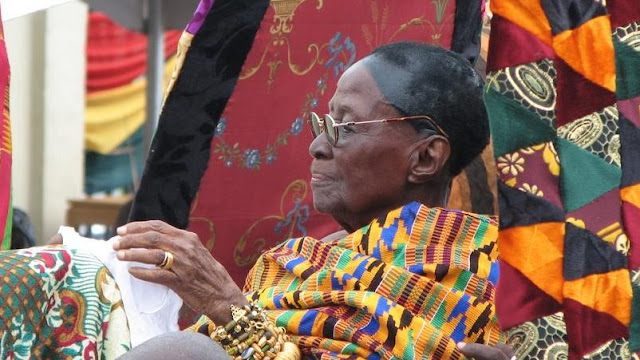AI robots could soon be having ‘children’ with their owners, according to a leading artificial intelligence expert.
Dr David Levy, author of Love and Sex with Robots, claims that it is an ‘odds-on cert’ that humans and robots will soon make babies, given ‘recent progress in stem cell research and artificial chromosomes.’
And while Dr Levy has not given a specific timeline for robot babies, he suggests that it could happen within the next 100 years.
Dr Levy is set to reveal his predictions at the International Congress on Love and Sex with Robots in London tomorrow,
His predictions draw upon recent studies into stem cells, bio nanotechnology and robot genetics.
In particular, Dr Levy points to research from Ohio State University, where scientists developed a nanotechnology-based chip that can successfully inject genetic code into skin cells.
Dr Levy suggests that this chip process, known as tissue nano transfection (TNT), will allow ‘the genetic code of a robot to be passed on to its offspring along with human genetic code.’
According to the Daily Star Online, Dr Levy will say: ‘Suddenly the very real possibility has appeared on the horizon of the robots of the future manipulating human skin cells to create human sperm and human eggs, and from them, using the Ohio discovery of TNT as the basis, creating an entire human baby whose embryo can be nurtured and carried through pregnancy by a mother surrogate.
‘This is how I believe it will be possible, within the foreseeable future, for humans and robots to make babies together.’
Dr Levy suggests that this technology will be ‘an odds-on cert’ within the next 100 years.
While you might think that Dr Levy’s plans are wacky, other experts have predicted a similar situation.
In October, Sergi Santos, inventor of the ‘Silicon Samantha’ sex robot, predicted a future where humans and machines will marry, using technology to create offspring.
Rather than designing machines that can give birth themselves, Mr Santos says he can merge an android’s personality with the characteristics and beliefs of its human partner.
Computer software would then be used to create a new AI brain for the child based on this information, as well as 3D printing schematics for its body.
Mr Santos said: ‘Using the brain I have already created, I would program it with a genome so he or she could have moral values, plus concepts of beauty, justice and the values that humans have.
‘Then to create a child with this robot it would be extremely simple.
‘I would make an algorithm of what I personally believe about these concepts, and then shuffle it with what she thinks and then 3D print it.
‘That’s it. I 3D print the robot that is the child of me and the robot, I don’t see any complications.’ Source: Pocket News






Comments